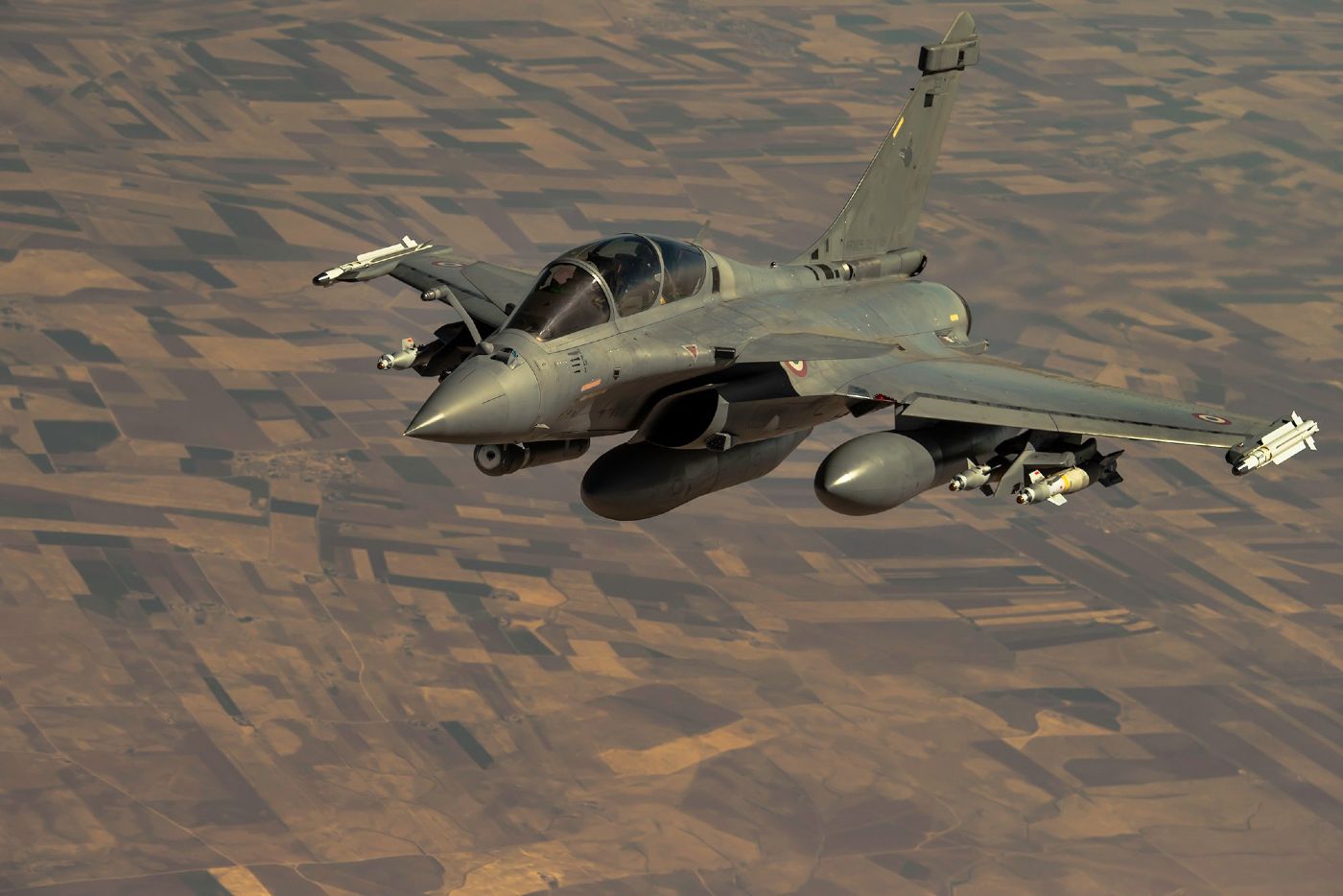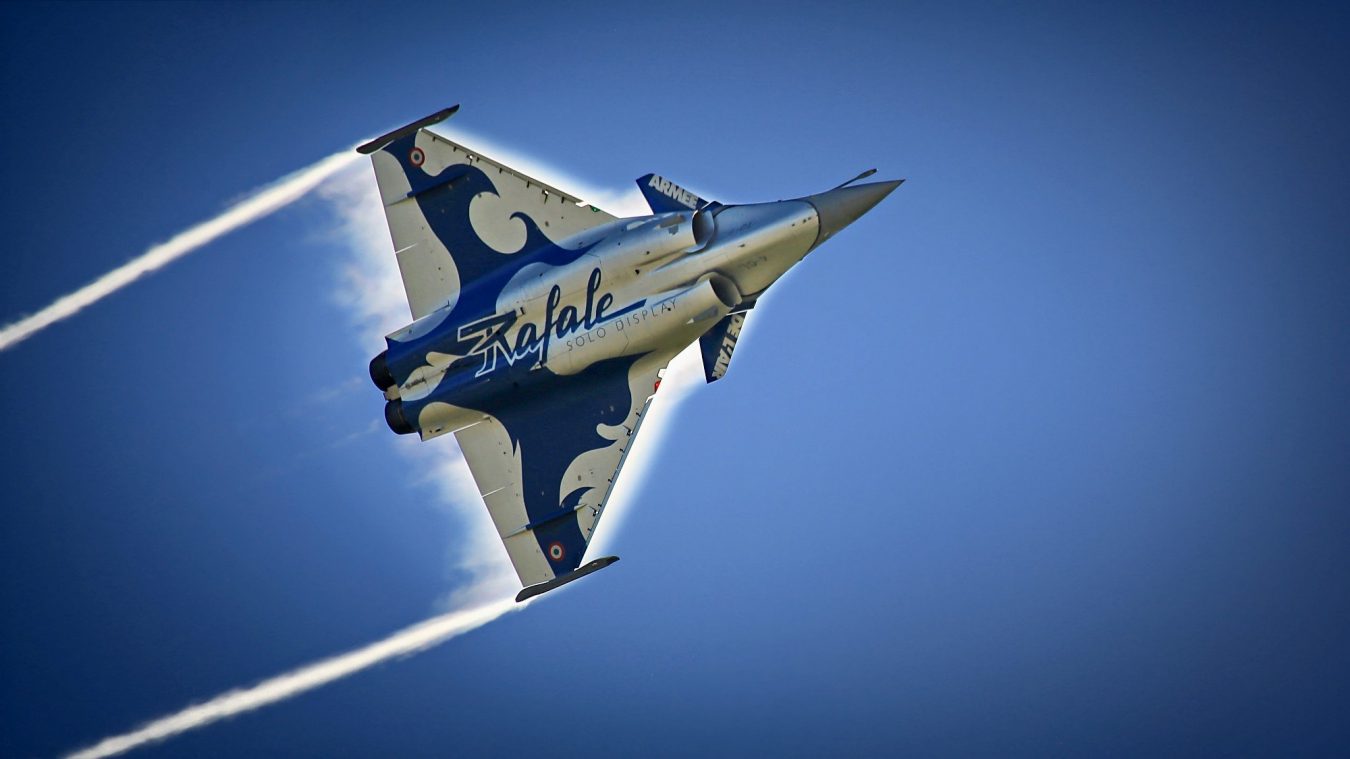The Dassault Rafale, which struggled to get buyers at one point, has transformed into one of the most sought-after fighter jets in the world. The surge in popularity and signing of some big-ticket deals means France needs to order more fighters to reduce the capacity gap.
France’s Ministry of Defense has revealed a 2023 budget worth billions more than the previous year to start a new “war economy,” driven by a directive to make significant investments in its defense industrial base.
The €43.9 billion ($42.8 billion) projected for the French military is an increase of 36% over the 2017 budget and 7.4% over 2022 finances.
The largest share in the 2023 budget is attributed to equipment orders at €38 billion, or $37 billion. One significant priority for the French military is to order over 42 Rafale fighter jets for the Air Force in the upcoming year, besides working on the next-generation Future Combat Air System (FCAS) effort.
To fill the capacity deficit caused by selling 24 second-hand fighter jets to Greece and Croatia, the French Ministry of Armed Forces will purchase 42 Dassault Rafale fighters in 2023.

On January 18, the first six of the 24 Rafale fighter jets that Greece was slated to receive as part of a historic defense agreement signed in January 2021 arrived in Athens. The original deal was for purchasing 18 jets, but Greece added six more in September to bolster its military power.
According to the new agreement, the Hellenic Air Force will receive 12 used and six brand-new Rafale aircraft. Additionally, Croatian Defense Minister Mario Banožić and his French counterpart Florence Parly signed a deal for 12 second-hand Rafale F3-R fighter jets to be used by the Croatian Air Force in November 2021.
In 2020, the then French Defense Minister Florence Parly had set an ambitious plan to increase the number of Rafales in the French arsenal from 102 to 129 jets by 2025. However, the recent export success recorded by the aircraft has led to changes in those plans.
The United Arab Emirates (UAE) inked a contract in December 2021 to buy 80 new Rafales, the largest order in the aircraft’s history; thus, Dassault’s assembly lines should be busy for the foreseeable future. In addition, Indonesia might soon place an order for the fighter jet.
Deputy Chief of Staff Frederic Parisot warned in a parliamentary hearing on July 20, 2022, that “the consequences of the slight drop in the Rafale fleet over the next two years will concern less operational contracts than pilot training capacities: this year, 164 hours per fighter pilot compared to approximately 147 hours for the next two years. However, the situation remains acceptable, provided the aircraft of the [future orders] are delivered on time.”
According to the latest reports, the Rafales to be ordered could be in the F4 configuration.
Dassault Rafale F4 Fighter
Dassault Aviation received the F4-standard development contract for the Rafale combat aircraft in 2019 during the visit of the Dassault Aviation Mérignac plant by the French Minister of the Armed Forces Florence Parly.
In a press release, Dassault Aviation stated that the F4 standard marks a new leap forward after the F1, which was unique to the first French Navy aircraft, F2, which has advanced air-to-ground and air-to-air capabilities, F3, and F3R with extended versatility.
A 2.3 billion dollar contract was signed for developing the F4 standard Rafale fighter jet, which is expected to be validated by 2024. However, some functions will be available by the end of 2022, it was noted at the time.
The F4 standard will include upgraded radar sensors, front-sector optronics, and improved helmet-mounted display capabilities. The aircraft will be equipped with a new engine control unit.

It will be equipped with brand-new armaments, including MBDA’s Mica NG air-to-air missile and the 1,000-kilogram AASM air-to-ground modular weapon, and be able to transport the new SCALP missiles.
Talios multifunction optronic pod, made by Thales, will also be integrated on the F4 Rafale fighter jet.
“The F4 standard guarantees that Rafale will remain at a world-class level so that our combat air forces can carry out all their missions with optimum efficiency whether in coalition operations or independently, as required by the French nuclear deterrent,” according to Eric Trappier, CEO of Dassault Aviation. “This new standard guarantees that Rafale will remain a credible reference on the export market,” he said.
Future upgrades of the French SCALP-EG stealthy subsonic cruise missile, ASMP-A nuclear missile with a 300-kiloton yield nuclear warhead, MICA NG air-to-air missile, and a 1000-kilogram version of the AASM precision-guided weapon are all integrated into the Rafale F4 aircraft.
Implementing procedures like problem diagnosis assistance, preventative maintenance, and computer upgrade for the M88 engine will enhance in-service support and preparedness. Overall, the architecture of the aircraft will be improved to make it easier to incorporate new technologies as it becomes available.
The stealth capabilities of the 4.5-generation fighter will be significantly enhanced with the F4 version.
- Contact the author at sakshi.tiwari9555@gmail.com
- Follow EurAsian Times on Google News




